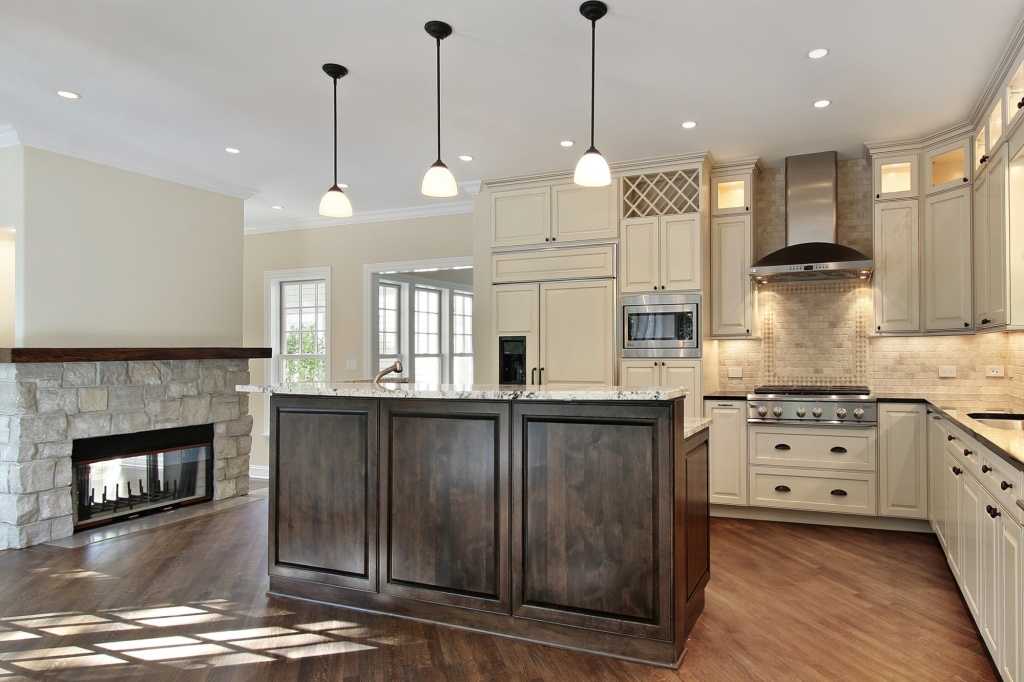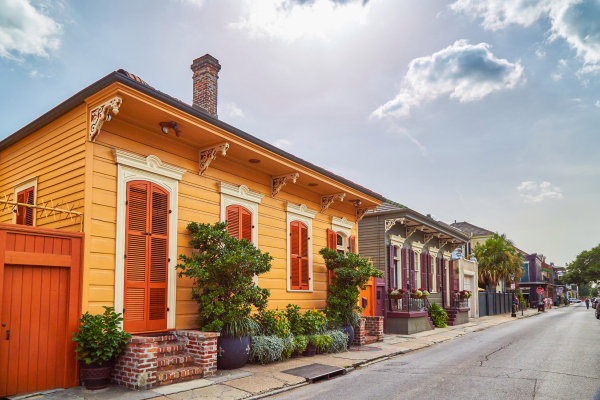What if a home could have more sustainable features than required by California regulations or by a builder’s Earth-friendly standards?
As it turns out, there are no “ifs” about it. Buyers have many choices surrounding sustainability when choosing finishes and options for new construction homes.

Brand-new homes not only provide the long-term benefits of contemporary, high-quality and low-maintenance new construction. They also help buyers reduce their carbon footprint, minimize energy use and conserve water.
Many green-building practices are decided for buyers by builders or by the state of California. That’s because builders are required to follow sustainability practices that help homes reach net-zero energy consumption.
Materials such as insulation, windows, roofing and some appliances, for instance, may be decided for the buyer and feature sustainable materials or efficiency factors. And any pricing that results directly from efficient building practices typically is more than offset by lower utility bills and high-quality indoor environments.
Let’s examine some of the sustainable decisions buyers can make before and during construction.
Hard surfaces such as cabinets, flooring, countertops and backsplashes are up to buyer discretion. In surface area alone, these are some of the materials that a buyer with an eye for sustainability can flex the most Earth-friendly muscle.
Wood or wood-like surfaces: When considering these, balance aesthetic decisions with pieces of knowledge.
The manufacturing process of products made from solid wood requires much less energy and fewer chemicals than synthetic or composite materials. But man-made and composite products are often made with reclaimed materials that would otherwise become landfill.
Consider sustainable plants and trees that regrow quickly in nature. These include pine, which grows quickly in nature. Given its light color, pine blends well with other design elements, adding to its appeal over time.
Next up is bamboo, which is sustainable, durable and attractive. Much of bamboo’s sustainability comes from the fact that it is a fast-propagating grass, not wood.
Some composite floors have sustainable features, as well. These include strand-woven floors, which might be manufactured using leftover remnants of various wood types mixed with other scrap material, all of which may otherwise become landfill.
Tile and stone: When it comes time to choose counters, backsplashes, shower surrounds, floors and more, the most sustainable materials are also the prettiest and the most popular.
Ceramic, quartz, porcelain and terra cotta are all made by mixing combinations of readily available clay and stone to form unique and durable surfaces and patterns. Solid slabs of stone are heavy to transport and therefore may have a larger carbon footprint, but their natural cooling features can pay off in energy use over time.
Next, homebuyers in California can count on getting low-emissivity (Low-E) windows that provide temperature control. Most builders enjoy relationships with specific window manufacturers.
Window treatments: Even without the freedom to select a different brand of window, buyers can choose treatments that help improve energy efficiency.
Ask your builder’s design center about motorized window treatments such as Roman shades, skylight window shades and cellular shades that can be programmed on timers. This functionality allows the homeowner more control over the amount of light, heat or coolness that enters the home through the windows.
Smart-home features: These have been and continue to be designed for far more than convenience and adaptability to today’s modern lifestyles. Most also provide some form of energy- or water-efficiency benefits.
Among the smart-home features that save energy and water while promoting green living are lighting, irrigation, and HVAC systems that can be programmed and controlled remotely.
Anyone who has ever left on an appliance when it’s not in use will also appreciate smart appliances and features — including outdoor grills and the window treatments mentioned earlier — that can be turned off and on, programmed or adjusted from anywhere. In addition, ask your builder if your household would benefit from a recirculation pump with the tankless water heater system the builder is likely to include.
Every new home in California comes with built-in efficiency and sustainability features. And both builders and buyers can incorporate additional sustainable materials and practices into new homes, all while meeting the need for contemporary, aesthetic appeal.










